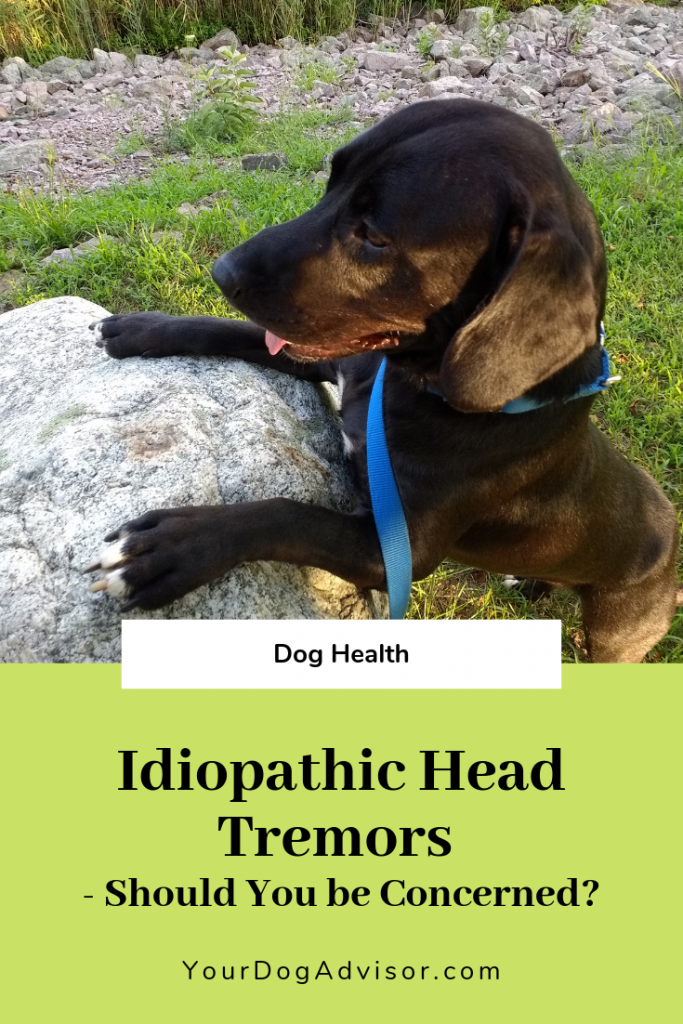I really enjoy writing blogs that offer our readers and followers important information that safeguards our dogs. Sometimes, it’s just pure fun information, and other times it’s critical to the well-being of our pets, including our deaf dogs.
Once again, I am honored to be able to share with you an article from the wonderful Your Dog Advisor. Jesse, Editor at Happy DIY Home, approached us and asked if we would include this life-saving article from their sister site, Your Dog Advisor. This gives you an important, even critical, list of foods that must be avoided all the time, not just during the holiday seasons. These items are more prevalent as we celebrate, and we must take extra special care to keep our beloved animals away from harm. Deaf dogs are especially vulnerable because they cannot hear our loud corrections, “NO!” before quickly grabbing and gobbling down the delicious treat. It’s gone before we can get to them, and our deaf dogs are put in a possibly life-threatening situation.
Read carefully and post the list where you can refer to it often!
(Modified and posted with permission from Your Dog Advisor, November 10, 2020)
What Can Dogs Not Eat? 12 Dog Foods to Avoid
What can dogs not eat? The holidays are a time of family and feasting, and they are a special time to share with your dog. The winter season is as magical for your pet as it is for you. They’ll love to watch you decorate and investigate wrapped gifts in wide-eyed wonder, but it’s important to remember that this is a dangerous time of the year for pets.
The holidays are one of the busiest times of the year for veterinarians. With the temptation of toxic treats, dangerous décor, and poisonous plants, the potential for a mishap skyrockets. To make sure the holidays are worry-free for you and your dog, here are twelve dog foods to avoid.
Contents
1. Chocolate
One of the infamously toxic foods for dogs, chocolate contains theobromine and caffeine, and it can be deadly if enough is eaten. Chocolate puts stress on a dog’s heart and nervous system and can cause pancreatitis. During the holidays and all other days, keep chocolate far out of reach.
A dog’s nose can cause all kinds of trouble. Don’t leave toxic food in reach, for their sake!
2. Xylitol
Xylitol is a hidden danger for dogs that might go unnoticed. It’s an ingredient that’s often overlooked and is extremely toxic to dogs. Xylitol is used as a sweetener in many foods, including sugar-free foods, candy, some peanut butter, and chewing gum. If you are absolutely set in sneaking your dog a bite of peanut butter or anything baked just make sure it does not contain Xylitol. And candy—well, candy is never good for dogs, so it’s best to keep that away in general.
3. Currants, Raisins, or Grapes
A lot of people know that grapes are toxic for dogs, but this danger extends to raisins and currants as well. These can cause a serious impact on your dog’s kidneys. So, when you’re making your favorite fruitcake or breaking out the currants for a seasonal dish, be sure not to share—or put them anywhere that your pup can reach.
4. Alcohol
Some holiday traditions involve breaking out the spirits for a drink, but be sure to keep alcohol away from your dog. Liquor can kill a small dog even in small amounts, and even less concentrated drinks (such as beer) can be dangerous. Wine is doubly dangerous with grapes and alcohol involved. Even if you’ve seen or heard of other people sharing a drink with their dog… don’t do it. It’s not worth risking your dog’s life.
5. Caffeine
Other dangerous drinks to watch out for during the holidays include coffee and tea. Caffeine from any source is bad news for canines, so keep those peppermint mochas, lattes, and Earl Greys out of reach.
6. Nuts
I know what you’re going to say—you give your dog peanut butter all the time, so what’s the big deal? The fact is that nuts are a mixed lot for dogs. Some of them, like peanuts and almonds, they can get away with in small doses. Others, like macadamia nuts, are extremely toxic and can cause serious sickness. Although nuts are rarely fatal for dogs, certain types like the macadamia can cause vomiting and fever. They also present a choking hazard. If you put out a bowl of nuts during the holidays, make sure it isn’t within your dog’s reach. And unless you know a particular nut is safe, it’s better to avoid sharing as a precaution.
Remember, too, that peanuts are not a true nut.
7. Garlic
Garlic is another one of those invisible ingredients that can cause harm to your dog. It’s easy to forget that a dish has garlic cooked into it. Mashed potatoes seem innocent enough, and you might be tempted to drop a spoonful for your furry friend. If those potatoes were cooked with garlic, though, they should be kept far away from your dog. Garlic can cause damage to red blood cells, and even if it doesn’t show any immediate symptoms, it can cause long-term damage such as anemia.
8. Onions and Chives
Onions and chives are closely related to garlic and share the same danger. They damage red blood cells and have the potential to cause anemia in the long-run. Like garlic, your dog might not present any symptoms when they eat onions or chives, but eating it causes invisible damage that catches up later in life.
9. Mushrooms
Mushrooms, like nuts, are a complicated case. Many mushrooms are safe for dogs—but some are not. Mushrooms are also influenced by where they are grown, and what conditions they are grown under. Your best bet is just to keep mushrooms away from your dog to be safe. There are too many risks, and the wrong mushroom can cause anything from stomach upset to seizures or death.
10. Unbaked Dough (Yeast)
If you’re baking anything with yeast, keep the dough away from the edge of the counters and guard it closely. If your dog eats unbaked dough, it will produce ethanol in their system and the dough can expand in their stomach, causing severe stomach pain. Bread is not great for dogs, but if you are stubborn about sharing, wait until after it’s cooked.
11. Turkey Bones and Trimmings
Everyone’s heard the phrase ‘give a dog a bone,’ but what they don’t tell you is that when poultry bones are cooked, they become brittle and splinter easily. As excited as your dog might be over fragrant turkey bones perched tantalizingly on the platter nearby, don’t let them take that risk. It can perforate their esophagus, stomach, or intestines and put their life in serious danger. Instead, save a piece of turkey meat just for your dog. They will absolutely love it, and it is a safe way to indulge. Stay away from giving your dog raw meat or trimmings, though, as anything with a high-fat content can make your dog sick.
12. Eggnog
If your dog slurps eggnog out of your mug while you’re distracted, chances are they will probably be fine. But, eggnog is not good for them, either. A lot of dogs are lactose intolerant, and nutmeg is toxic to dogs in high concentrations. Combine that with potentially raw eggs and a lot of fat and sugar, and you end up with a drink that isn’t very dog-friendly. There’s a chance eggnog could make your dog sick, so save yourself and your dog some trouble by keeping this holiday staple out of tongue’s reach.
Gunther the beagle stares down a cup of hot eggnog with hopeful eyes.
Other Holiday Hazards:
Toxic foods aren’t the only thing your dog might be tempted by this holiday season.
Antifreeze is extremely poisonous despite its sweet scent and taste.
Electrical wires and string lights can shock your dog if chewed through, and
Decorations such as tinsel, ornaments, or wrapping paper can range from a sharp shard hazard to a choking hazard to potential blockages if ingested.
Certain holiday plants are poisonous to dogs, as well. Poinsettia is the most well-known, but watch out for mistletoe and holly, too.
Although it seems like the holidays are filled with a long list of potential poisons, there are plenty of safe treats that you can share with your dog.
Green beans,
sweet potatoes,
turkey, and
cranberries
These are all safe and festive treats that your dog will love. And, as long as you’re vigilant with the wrapping paper, you can include your dog in any gift-giving, too. More than anything, though, they will appreciate the extra time spent together.
Joey the beagle dreams of holiday treats, unaware of how dangerous some of them can be.
Hope this guide on what can dogs not eat was helpful. These foods and items should be kept away from your dog to avoid any potential issues all year, every day!
ONE LAST ITEM: (Baker’s dozen!)
Be VERY careful with uncooked rice. Like unbaked dough, the uncooked rice will expand in our dear pets’ stomachs. NOT good!!!










